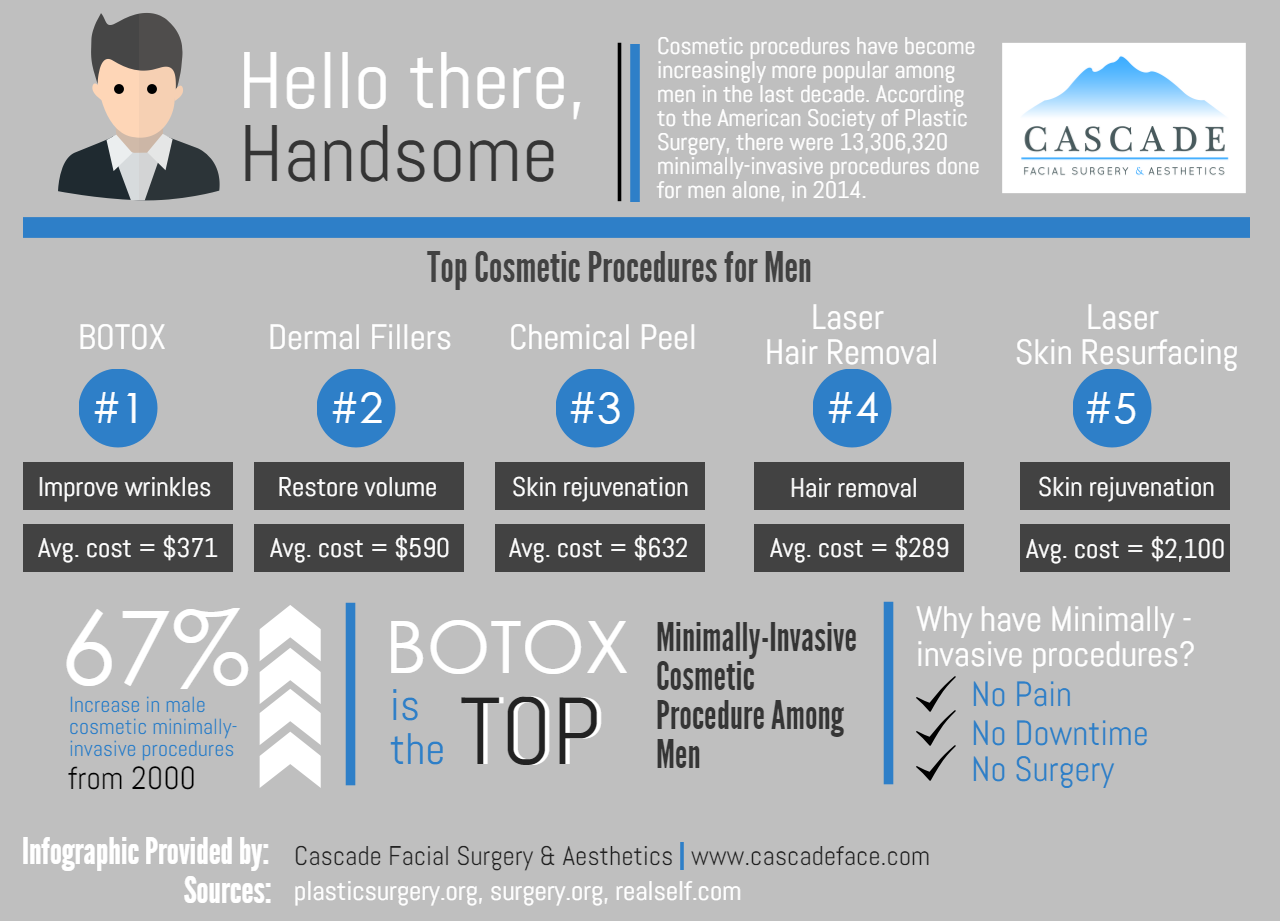How To Clean Acne Prone Skin
How To Clean Acne Prone Skin
Blog Article
Root causes of Acne on Cheeks
Acne outbreaks in the cheek location are set off by many points, from touching your face often to not changing your pillow case commonly enough. Picking at imperfections boosts your danger of infection and scarring, and particular medications can worsen dark places (postinflammatory hyperpigmentation).
The good news is, there are several means to stop and deal with cheek acne. These consist of:
1. Hormone Adjustments
Acne is greatly brought on by hormones, especially those produced during puberty and pregnancy. For some, a family history of acne might additionally add to their problem. Anything that obstructs pores, such as oil-based skin treatment items or ceraceous hair products, can set off acne. Different topical treatments, like benzoyl peroxide and salicylic acid, can combat bacteria and unblock pores. Those with severe or persistent acne needs to look for treatment from their physician.
Avoid touching or squeezing your acne, as this can push some of the microorganisms deeper right into the skin, bring about an extra extreme outbreak. It is likewise important to change pillowcases regularly and make use of tidy make-up brushes. You must additionally attempt to prevent irritants such as friction from wearing a helmet or limited collar.
2. Diet regimen
The oily, sugary foods that many people think trigger acne might in fact refrain from doing so. As a matter of fact, research studies have revealed that consuming a diet regimen abundant in whole, nutrient-dense foods helps to prevent outbreaks.
Foods high in the glycemic index (such as white bread, corn flakes, blew rice and potatoes, doughnuts and other pastries) elevate blood sugar level degrees rapidly, and this can increase hormonal agents that improve oil production and lead to acne.
Drinking cow's milk has actually additionally been linked to increased acne outbreaks. If you are a normal cow's milk drinker, you might intend to try switching to low-fat or nondairy choices that are fortified with calcium. Additionally, drinking even more water can help to decrease acne due to the fact that it aids to keep the skin hydrated.
3. Excess Oil
While oil is vital for healthy skin, it can come to be an issue when too much sebum blends with dead skin cells and blocks pores. This combination can develop blackheads, whiteheads and acnes. The blocked pore wall can break down and spill microorganisms, dead skin cells and sebum into bordering skin. This leads to a red bump known as an acne. Often these red bumps have pus in the center from a microbial infection. Larger infected bumps that appear like acne are called cysts.
There are numerous points that can trigger excess sebum and clogged pores, consisting of hormone variations, diet plan and daily routines. Some examples consist of touching the face often, resting olavita botox serum your hand on your cheek, making use of filthy makeup brushes and not transforming pillowcases routinely.
4. Stress and anxiety
If you're taking care of throbbing acnes or a multitude of blackheads and whiteheads, it may be time to speak to a dermatologist. They can advise an efficient therapy that fits your skin kind. Practicing relaxation and stress-reduction methods also aids.
Acne can occur in the cheeks as a result of friction and stress, such as when a person touches their face regularly or wears a hat or sporting activities helmet that rubs versus the skin. It can also show up where oily cosmetics and lotions scrub versus the skin.
Prevent pressing acne, as this can push contaminated material deeper right into the skin and lead to scarring. Rather, see a doctor to discover preventative treatments like medication, skin treatment items and lifestyle modifications. Consuming a healthy and balanced diet of whole foods, obtaining 7 to 9 hours of sleep and using noncomedogenic make-up and skin care products can all help reduce acne breakouts.
5. Hair Products
Hair items are not typically considered a root cause of outbreaks, yet they can contribute to acne on the cheeks in some people. Pomade acne, which is defined by little shut comedones and papulopustules, is generally caused by using oily hair items that contain comedogenic components such as certain oils and acetylated lanolin.
Selecting hair items that don't include these possibly comedogenic ingredients is an essential action toward reducing outbreaks. Also, guaranteeing that hair items aren't coming in contact with the skin can help stop outbreaks. For example, using a headscarf or hood at night can restrict hair-to-face contact and decrease the likelihood that leave-in hair products will certainly rub off onto the face.
In addition to utilizing a non-comedogenic moisturizer and washing with an acne face laundry, various other helpful techniques consist of: